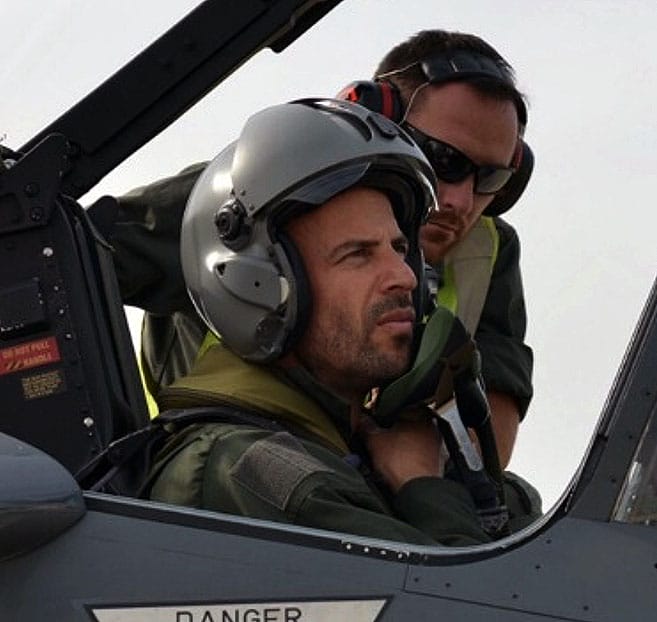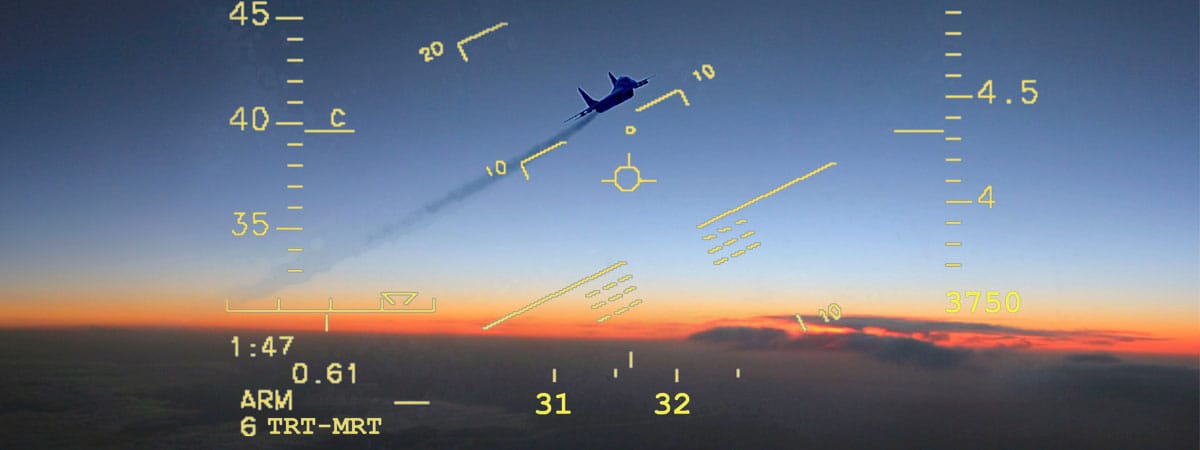Carlos Antúnez is a flight test engineer for the Airbus A400M and C295 aircraft who currently works at the Airbus San Pablo Sur plant in Seville (Spain). He studied to be an aerospace engineer in Madrid and in Missouri’s Saint Louis University, graduating in the year 2000. He then studied for his Airline Transport Pilot Licence (ATPL), shortly before starting his professional career at AERTEC, back in 2004, in the early years of this aerospace technology company in Seville.
 During his time at AERTEC, he spent four years working hard at the Airbus GST (Ground System Tests) Centre of Competence for their own products – C212, C235 and C295 – alongside the current director of AERTEC’s Aerospace Systems Division, Pedro Becerra. The company’s work involved carrying out functional system tests on these aircraft and initiating the first tests for the design of the A400M, about to be launched at that time. Subsequently, he joined Airbus in the same department, where he worked for a further seven years.
During his time at AERTEC, he spent four years working hard at the Airbus GST (Ground System Tests) Centre of Competence for their own products – C212, C235 and C295 – alongside the current director of AERTEC’s Aerospace Systems Division, Pedro Becerra. The company’s work involved carrying out functional system tests on these aircraft and initiating the first tests for the design of the A400M, about to be launched at that time. Subsequently, he joined Airbus in the same department, where he worked for a further seven years.
In 2015, he went to the EPNER Flight Test School, near Marseille, to study to become a Flight Test Engineer, which is his current position.
This pilot from Malaga has almost 20 years of wide experience in the aeronautical industry and has an in-depth knowledge of the different aircraft he has worked with. Of all of these, the most technologically advanced is undoubtedly the A400M, which is packed with systems, sensors and technological advances that Carlos has dealt with very closely.
According to him, one of the aspects that makes the most impact when you enter the cockpit of an A400M is the obvious digitalisation of the existing controls and information panels, monitors, switches, etc.
The HUD is a system that facilitates access to flight information and improves the pilot’s situational awareness, increasing the efficiency and safety of any mission.
But if there is one thing that is particularly surprising, it is the HUD (Head-Up Display), which turns the cockpit into a very futuristic space. The HUD is a transparent interactive screen placed before the pilots’ eyes, displaying navigation data and flight information (flight mode, altitude, vertical speed, airspeed, heading, reference signals, etc.), all superimposed over the real-world view outside the aircraft. It is a very interesting piece of equipment belonging to the ATA31 system, providing pilots with greater situational awareness in low visibility conditions or in special conditions where a particular view is required, such as for take-off or landing on unprepared runways, in-flight refuelling, flight at low altitudes or operations with parachutists. In the case of the A400M, there are two HUDs, which are used by pilot and co-pilot.
The name of this system comes from the fact that the pilot or user can view the information on the screen with his or her head up and looking straight ahead, without having to move the head to check the instruments.
The A400M HUD can provide pilots with information from other systems thanks to its interface with the FCGS (Flight Control and Guidance System), the FNS (Flight Navigation System) and the EVS (Enhanced Vision System), among others.
The complexity of all this equipment, together with the number of systems and subsystems in an aircraft like the A400M, means that a minimum of two pilots, both with demanding training, are required to fly it. Carlos Antúnez’s valuable training and experience give us an idea of the wide field of theoretical, technical and practical knowledge that his daily work involves, of which he is very aware and feels fortunate.
According to Carlos, the first real HUD system was used in 1942 on an RAF De Havilland DH.98 Mosquito. At that time it was limited to the display of radar information and an artificial horizon. Subsequently, airspeed, altitude, heading, yaw/roll and glide/slide indicators and other information relevant to the control of the aircraft, its payload and environmental information were incorporated. By the early 1970s, this technology was being incorporated into commercial aviation.
There are two types of HUD, with the most common being fixed, requiring the pilot to look through the screen attached to the fuselage. The system determines the information to be displayed at any given moment based on the position and orientation of the aircraft. The other type of HUD is the HDM, or helmet-mounted display, which is mounted on the pilot’s helmet, and whose main advantage is that the information moves as the pilot moves his or her head. In this case, the information is presented according to the position and orientation of the aircraft, as well as the orientation (on three axes) of the user’s line of sight.
In Carlos Antúnez’s opinion, the main benefit of this type of device is that it gives the pilot appropriate situational information, providing data that can be accessed in a more accessible, intuitive and efficient way, facilitating his or her work and significantly increasing safety.
Our interesting interviewee tells us that he is particularly fond of AERTEC and has great memories of his time spent with his colleagues during those early years. We would like to thank Carlos immensely for making it possible for us to write this article and for bringing us a little closer to his world.



